Ever walked into a room and immediately felt calm or energized? That’s the power of color psychology at work. Colors have an extraordinary ability to captivate our senses, transform the ambience of any space, and affect our overall well-being. When designing spaces for clients, I’ve witnessed how the right color palette can completely transform not just the appearance of a room, but also how people feel within it. Understanding color psychology is essential for creating impactful and harmonious spaces that resonate on a deeper level.
The Science Behind Color Psychology
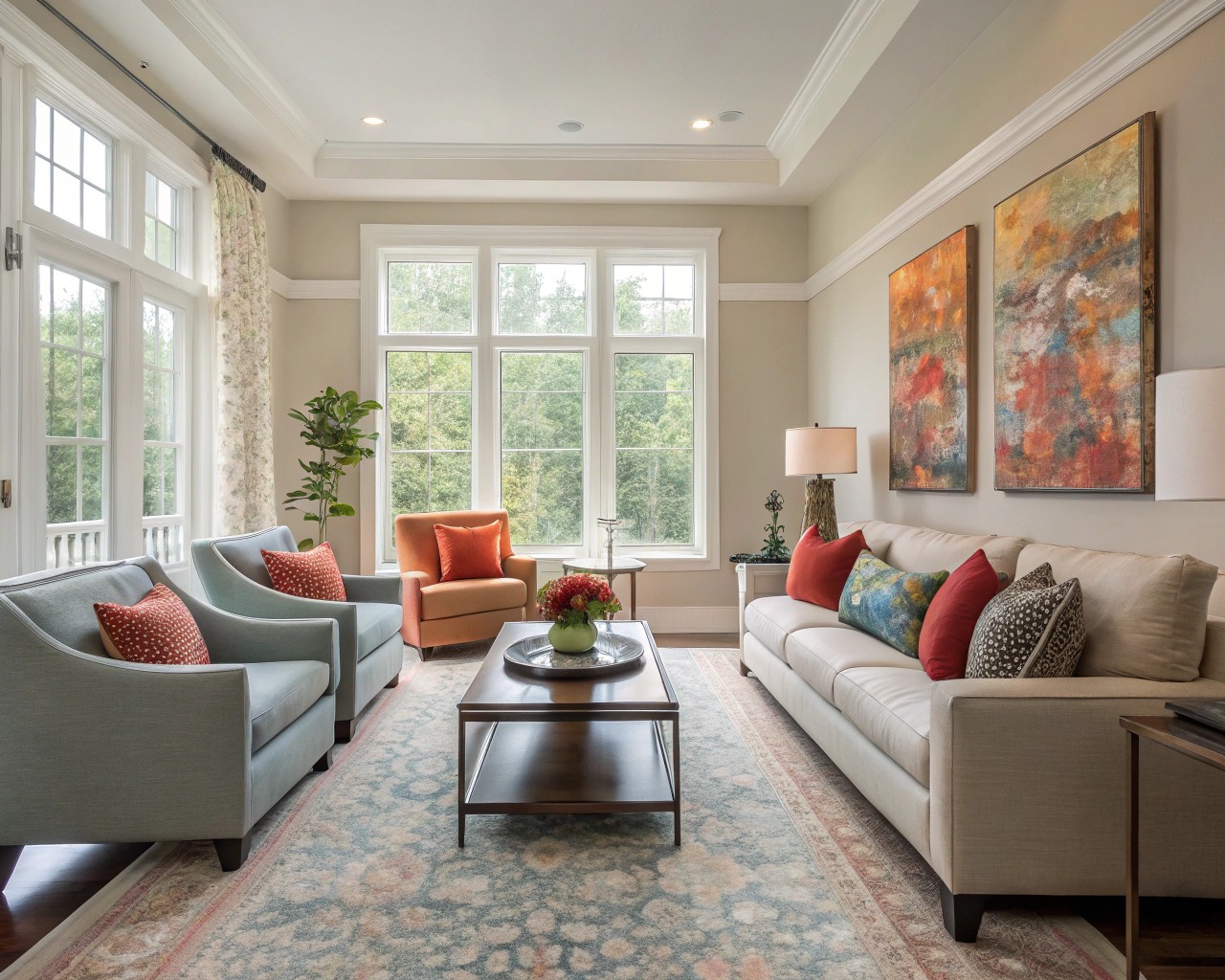
Color psychology in interior design is about the close connection between colors and emotion. Different hues can trigger specific emotional and psychological responses, making them powerful tools for creating environments that support our daily activities and emotional needs.
Research shows that up to 90% of our assessment of a space happens within the first 90 seconds, and much of that assessment is based on color alone. This demonstrates just how crucial color selection is when designing interiors.
Our perception of color involves complex processes between our eyes, brain, and cultural background. When light hits an object, certain wavelengths are absorbed while others are reflected. These reflected wavelengths reach our eyes, where specialized cells translate them into the colors we perceive.
Cultural and personal factors also influence how we respond to colors. For instance, white symbolizes purity in Western cultures but can represent mourning in some Eastern traditions. Personal experiences and memories associated with certain colors can sometimes override general psychological effects.
Color Theory Basics
Before diving into specific psychological effects, let’s cover some fundamental concepts:
The Color Wheel
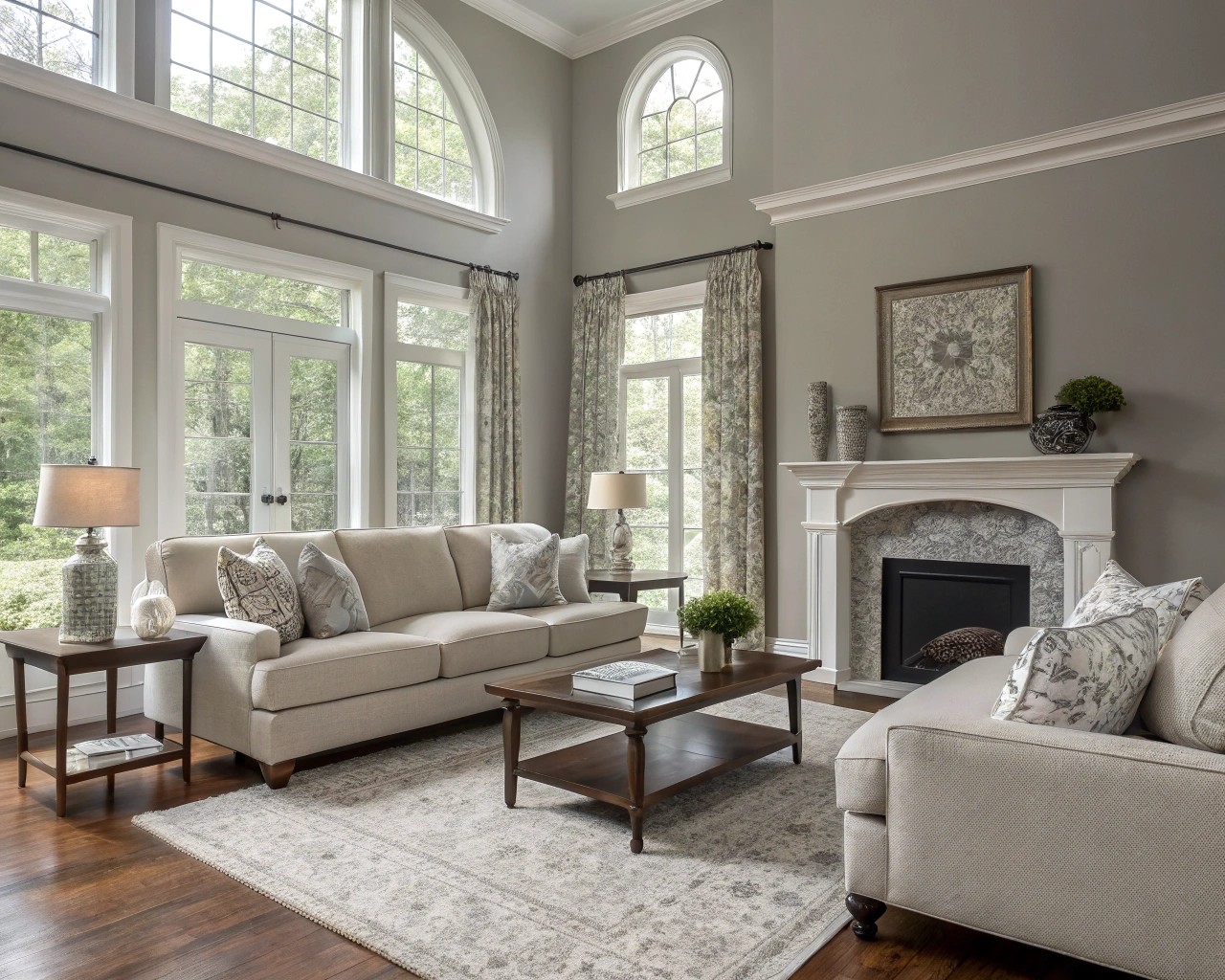
The color wheel maps out the spectrum of visible colors and helps us understand color relationships. It’s a tool I regularly use when developing cohesive color schemes for spaces.
Warm vs. Cool Colors
- Warm colors (reds, oranges, yellows): Create energy, excitement, and warmth. They tend to advance visually, making spaces feel more intimate.
- Cool colors (blues, greens, purples): Promote calmness and relaxation. They tend to recede visually, making spaces feel more spacious.
Color Saturation and Intensity
The saturation or intensity of a color also impacts its psychological effect:
- Vibrant, saturated colors: Stimulating and energizing
- Muted or pastel tones: Calming and soothing
Choosing the right level of saturation can be just as important as selecting the right hue.
Psychological Effects of Individual Colors
Red
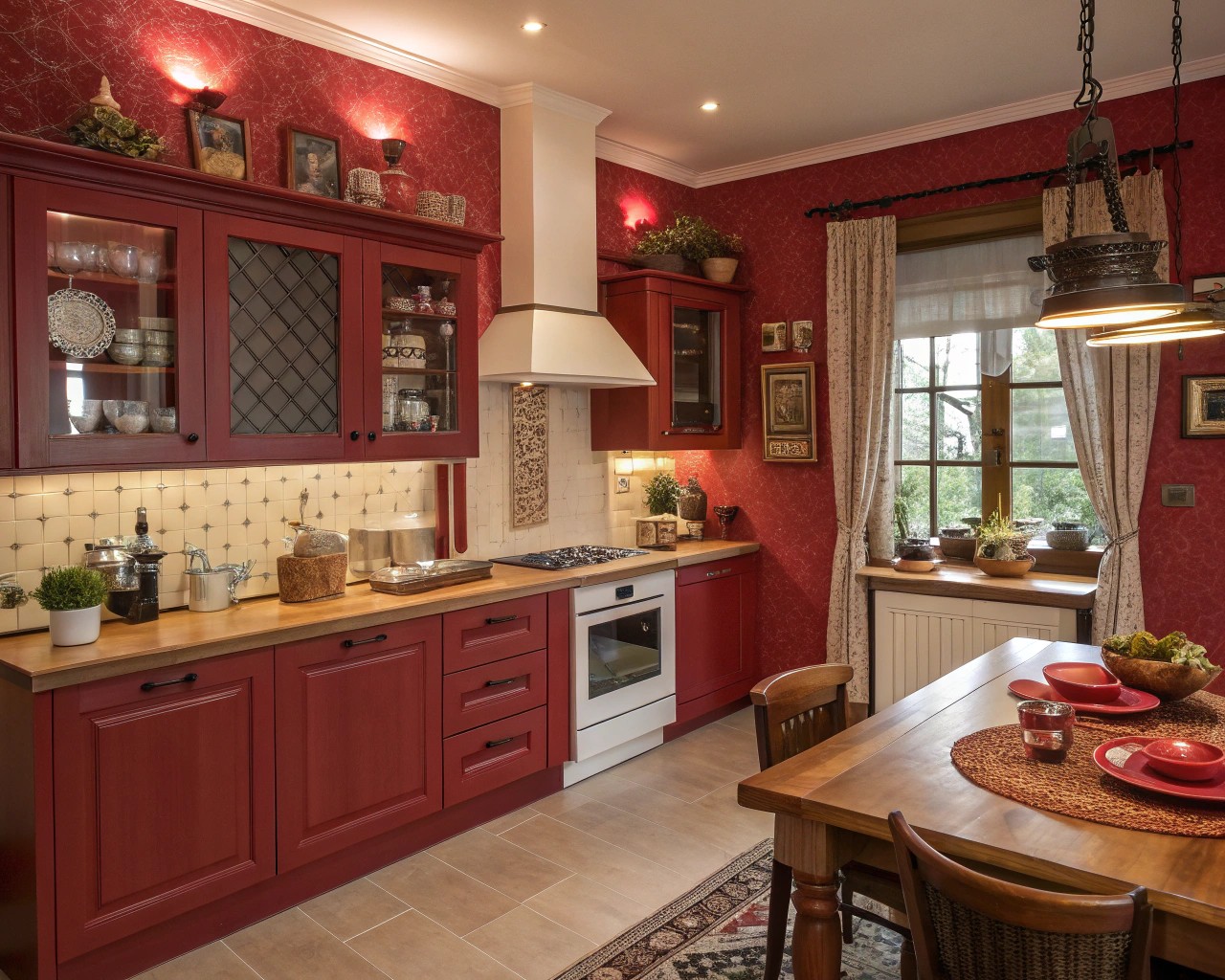
Red is one of the most powerful colors in psychology. It stimulates energy, excitement, and passion. In interior design, red can:
- Increase heart rate and blood pressure
- Stimulate appetite and conversation
- Create a sense of urgency and excitement
Red works particularly well in dining rooms and kitchens as it’s known to increase appetite. It can also be a productive choice for home offices and creative spaces where energy is desired.
Blue
Blue is known for its calming and serene effects. It’s associated with:
- Tranquility and relaxation
- Focus and productivity
- Trust and dependability
Studies have shown that blue can lower blood pressure and heart rate, making it ideal for bedrooms, bathrooms, and other spaces where relaxation is key. The calming effects of blue work well in bedrooms and bathrooms where you want to create a relaxing environment.
Green
Green represents nature, balance, and renewal. It’s extremely versatile and can:
- Reduce anxiety and stress
- Promote restoration and harmony
- Create a bridge between warm and cool colors
Green works well in almost any room in the house and can have a calming effect when used in bedrooms. It’s refreshing and natural, suitable for creating spaces that feel balanced and peaceful.
Yellow
Yellow is associated with sunshine, optimism, and energy. It can:
- Boost mood and create cheerfulness
- Stimulate mental activity
- Create a sense of warmth and welcome
Yellow is a great choice for kitchens, living areas, and bathrooms where it is energizing and welcoming. It also works well in hallways, creating a bright and inviting entrance to the home.
Purple
Purple is historically associated with royalty, luxury, and creativity. It can:
- Inspire contemplation and spirituality
- Create a sense of luxury and sophistication
- Stimulate creativity and imagination
Purple can work in a dressing room to create a sophisticated luxurious atmosphere or in an entrance hallway to make the guests feel positive energy.
Room-by-Room Color Guide
Different rooms serve different purposes, so the colors you choose should reflect the activity and mood desired for each space:
Living Room
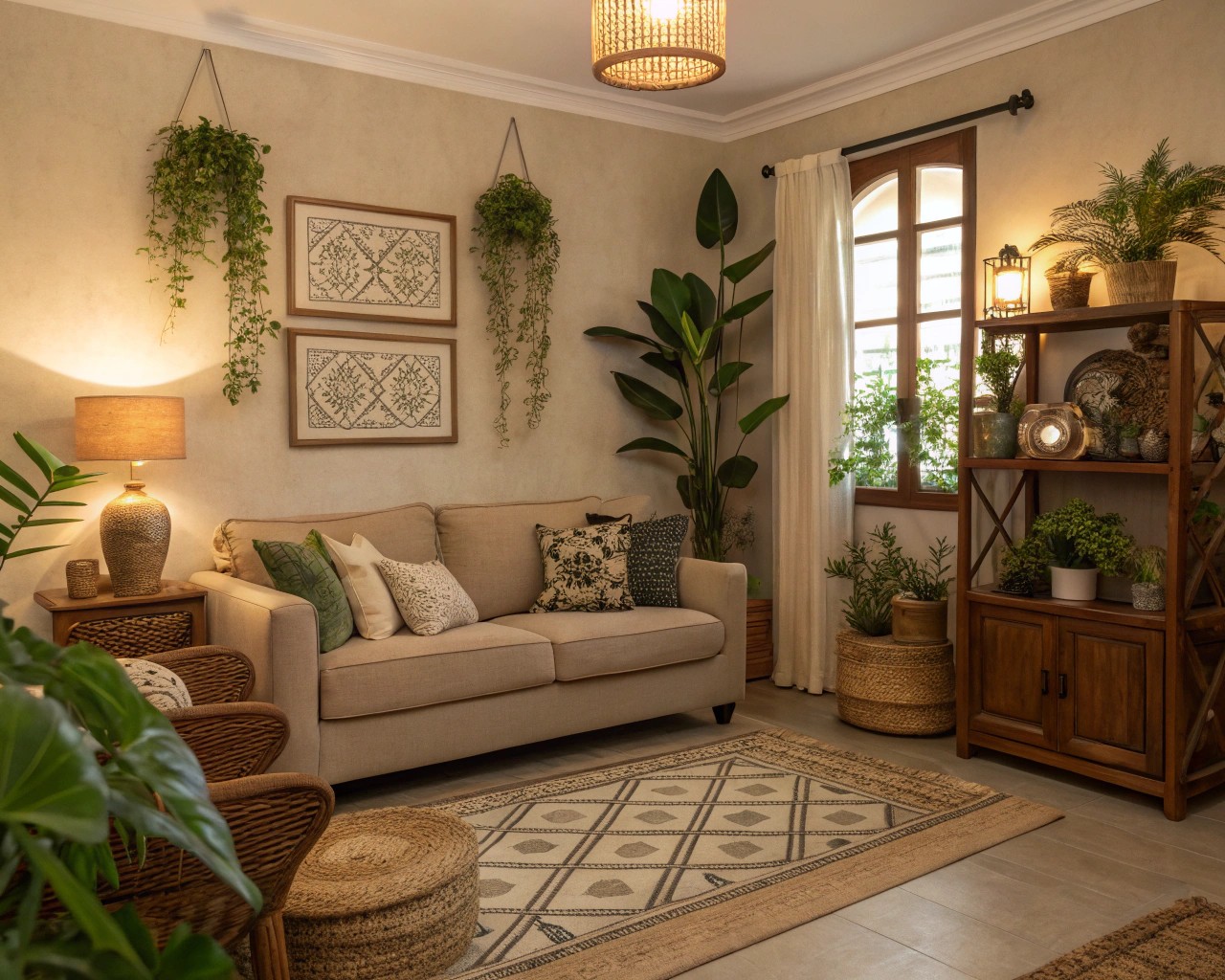
The living room is a social hub where family and friends gather. Warm earth tones such as terracotta, beige, and soft browns are ideal for stimulating conversation and social interaction. These colors create a cozy and welcoming atmosphere, encouraging guests to relax and engage.
Bedroom
The bedroom should be a sanctuary for rest and relaxation. Calming colors like soft blues and greens are perfect for promoting relaxation and sleep. These hues create a serene environment, making your bedroom a restful sanctuary.
Kitchen
The kitchen is a high-activity area where food preparation and often socializing occur. Energizing kitchen colors like yellow and red are often associated with food and can stimulate appetite. Yellow can brighten up the space, making it feel more inviting, while red accents can add a touch of excitement and warmth.
Bathroom
The bathroom is a personal space for refreshing and rejuvenating. Cool colors like blue and green create a spa-like atmosphere, promoting relaxation and cleanliness.
Home Office
The home office requires focus and productivity. Blues and greens enhance productivity while creating a calm environment for concentrated work. These colors reduce eye strain and help maintain focus during long work hours.
| Room | Recommended Colors | Psychological Impact |
|---|---|---|
| Living Room | Warm earth tones, greens, blues | Social interaction, comfort, relaxation |
| Bedroom | Soft blues, gentle greens, lavenders | Relaxation, sleep, tranquility |
| Kitchen | Yellow, orange, white, red accents | Energy, happiness, appetite stimulation |
| Bathroom | Blues, greens, whites | Relaxation, cleanliness, rejuvenation |
| Home Office | Blues, greens, neutral base | Focus, productivity, reduced stress |
| Dining Room | Reds, oranges, warm neutrals | Appetite stimulation, conversation, intimacy |
| Children’s Room | Blues, greens, yellows, pinks | Creativity, calm, growth, playfulness |
Practical Application of Color Psychology
Knowing the psychological effects of colors is just the beginning. Here’s how to apply this knowledge effectively:
Creating Harmony and Balance
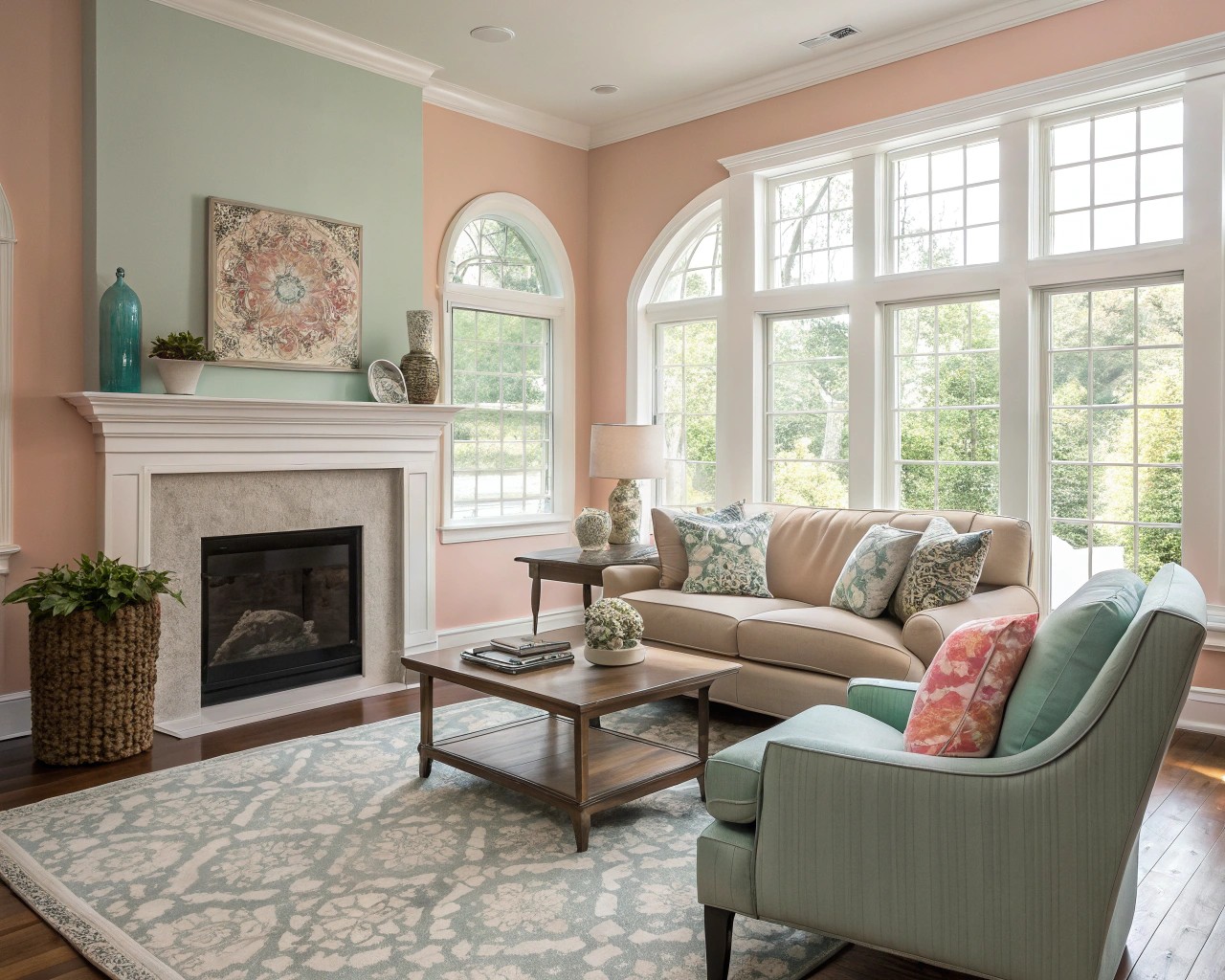
A well-designed space should feel harmonious. Here are some approaches I regularly use with clients:
- The 60-30-10 Rule: Use a dominant color for about 60% of the room (walls, large furniture), a secondary color for 30% (accent furniture, textiles), and an accent color for 10% (accessories, artwork).
- Color Schemes:
- Monochromatic: Different shades of the same color
- Analogous: Colors adjacent on the color wheel
- Complementary: Colors opposite on the color wheel
- Triadic: Three colors equally spaced on the color wheel
- Consider lighting: Natural light vs. artificial light can dramatically change how a color appears and feels. Northern light tends to be cooler, while southern exposure brings warmer light.
Common Color Mistakes to Avoid
- Ignoring lighting conditions: Colors look dramatically different under various light sources
- Overlooking room size and shape: Dark colors can make small rooms feel smaller
- Using too many bold colors: Creates visual chaos and can be stressful
- Disregarding personal preferences: Psychology is important, but personal connection to colors matters too
- Not testing samples: Always test paint colors in the actual space
The Impact of Color on Mood and Behavior
Color has profound effects on our emotional state and can influence our behavior in surprising ways. A study conducted in a university residence hall found that students had a significant preference for blue interiors, followed by green, violet, orange, yellow, and red. This matches with broader color preference studies showing that cool colors (blue, green) are generally preferred over warm colors (red, orange, yellow).
Interestingly, the study also found that a significant relationship existed between a calm mood and preference for blue. This reinforces the importance of considering psychological effects when selecting colors for specific rooms.
Some key effects to consider:
- Blue environments: Promote calm, focus, and academic performance
- Red environments: Stimulate energy but may increase stress levels
- Green environments: Support balance and reduce eye strain during long tasks
- Yellow environments: Boost creativity but may increase anxiety if too intense
Cultural and Personal Considerations
While color psychology provides valuable guidelines, it’s important to consider both cultural meanings and personal preferences when designing spaces:
Cultural Variations
Color meanings can vary significantly across different cultures, which may influence your choices depending on your background or the thematic setting you desire. For example:
- White: Represents purity in Western cultures but mourning in some Eastern traditions
- Red: Symbolizes good luck in many Asian cultures but can signify danger in Western contexts
- Purple: Associated with royalty in many Western traditions, spirituality in some cultures
Personal Color Connections
Personal experiences and associations with colors should never be overlooked. When working with clients, I always take time to understand their unique color experiences:
- Colors associated with positive memories often evoke positive feelings regardless of general psychology
- Personal favorites should be incorporated, even if they don’t strictly adhere to color psychology principles
- Considering how colors make an individual feel is ultimately more important than following theoretical rules
Choosing Colors for Special Populations
Different demographics may respond distinctly to colors:
Children’s Spaces
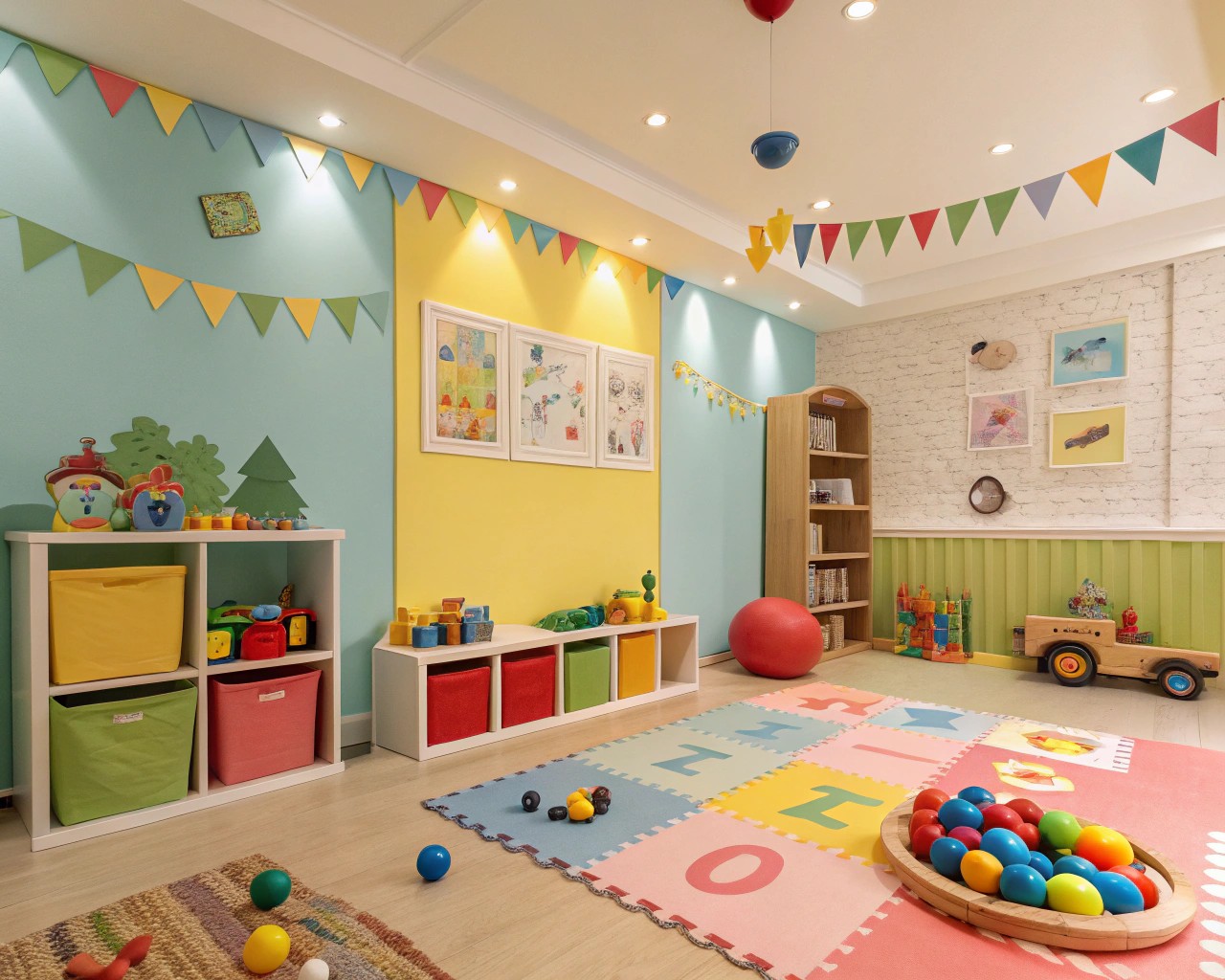
For children’s rooms, consider:
- Blue: Calming for hyperactive children
- Green: Supports learning and development
- Yellow: Stimulates creativity in moderation
- Red: Best used as an accent rather than a dominant color
Elderly Living Spaces
For aging populations:
- Higher contrast colors: Improve visibility and reduce fall risk
- Warmer tones: Often preferred as they’re easier to perceive
- Blue: May help improve sleep quality
- Yellow: Can compensate for yellowing eyesight that occurs with age
Color Trends vs. Timeless Choices
While color trends come and go, the psychological effects remain relatively constant. In 2024-2025, we’re seeing a preference for:
- Earthy, grounding tones
- Soft, muted greens
- Warm neutrals
- Deep, rich accent colors
For longevity in design, consider:
1. Using trendy colors in easily changeable elements (pillows, throws, accessories)
2. Keeping larger investments (sofas, cabinetry) in more timeless hues
3. Incorporating trends in one feature wall rather than an entire room

